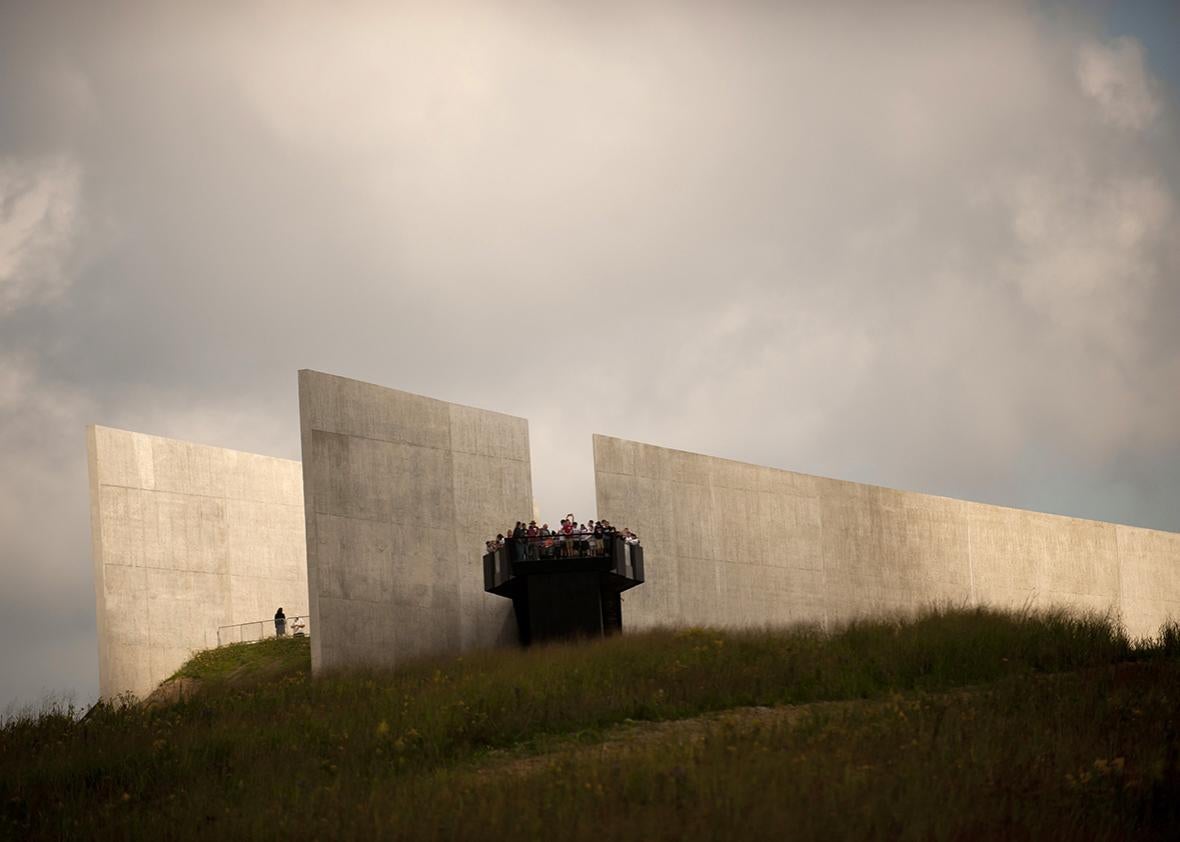On Thursday, the most successful land conservation program in U.S. history is set to expire. Despite bipartisan support for the program in both the Senate and House of Representatives, congressional leaders have neglected to include the program in recent budget negotiations and are letting it die.
It’s not like Congress didn’t see this deadline coming. For three years, conservation groups have been warning lawmakers about the expiration of the Land and Water Conservation Fund, a program that provides grants to buy up private land and make it available to the public. Since President Johnson signed it into law in 1964, the LWCF has pumped almost $17 billion into federal, state, and local parks. It has protected more than 500 million acres of land, ranging from neighborhood playgrounds to dramatic basalt cliffs in the Columbia River Gorge National Scenic Area. The program also paid for almost two-thirds of the Appalachian Trail.
The LWCF did all this without costing taxpayers a dime: It’s funded entirely by royalties from the offshore oil and gas industry, a symmetry that conservation advocates have lauded. If the program expires, this funding will be cut off. Congress could vote to reauthorize LWCF at a later date, but advocates think that’s unlikely.
One of the fund’s major contributions has been to smooth out boundaries and patch up holes in parks. Just because a piece of land is a designated park or wilderness area doesn’t mean the government owns every piece of it. Many began as checkerboards, with parcels of public land adjacent to private ones.
Tom Cors of the Nature Conservancy says these “doughnut holes” are tough to manage. Planning trails and roads can be challenging, as can fighting forest fires. He says the LWCF’s success in filling in those doughnut holes—providing means for buying the land from private sellers—is why the program has been so potent. “The majority of [conservationists’] work is to complete the vision that we started many years ago in these federal areas,” he says.
The program is about more than land acquisition, says Elizabeth Goldstein of the California State Parks Foundation. Browsing the list of funded projects, she says, “you see walking trails, bridges that make walking trails complete; you see projects that create playgrounds and signage systems in picnic areas.” She points to a pier in the San Francisco Bay that a LWCF project restored and a languishing state beach near Santa Barbara that was reopened after LWCF money fixed its broken sewage system.
Jon Garder of the National Parks Conservation Association says the program has also played an important role in maintaining American history. In addition to the many Civil War memorials it has helped preserve, it paid for the entirety of the Brown v. Board of Education National Historic Site in Topeka, Kansas. It also funded almost 90 percent of the Flight 93 National Memorial in Stoystown, Pennsylvania, which honors the passengers on the hijacked flight that crashed there on Sept. 11, 2001. “These parks demonstrate that American history is not static,” he says. “There’s just no program like LWCF.”
Many lawmakers agree. Three Congressional bills that would reauthorize the program have met with bipartisan support, and 67 senators and 30 representatives recently signed letters to their leaders advocating for its renewal. But members of Congress who oppose the program’s renewal say the LWCF prioritizes federal projects too much. Rep. Rob Bishop, a Republican from Utah who chairs the House Natural Resources Committee, is one such critic. “Under my chairmanship, the status quo will be challenged,” he wrote in a statement last week. “Any reauthorization of LWCF will, among other improvements, prioritize local communities as originally intended.”
Without any action from Congress, the 51-year-old program will expire at midnight as Oct. 1 begins. Advocates at the National Parks Conservation Association and Change.org are still trying to get the LWCF renewed. But if the last few years are any indication of how the next few hours will proceed, this fund—and perhaps your future neighborhood playground—will disappear.
